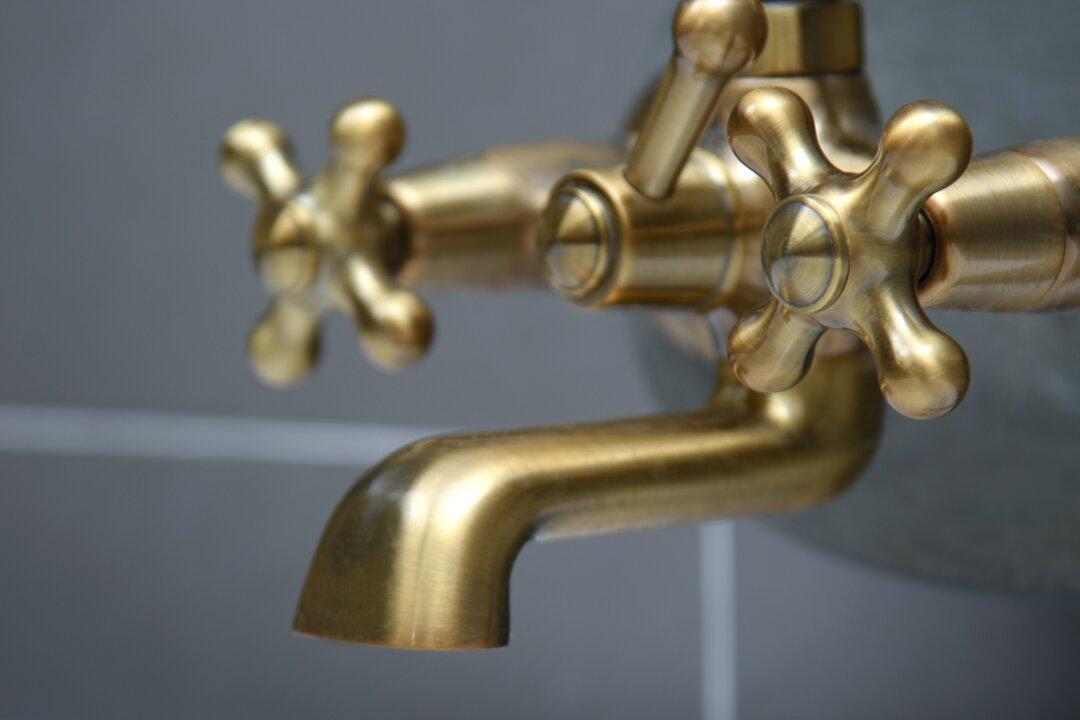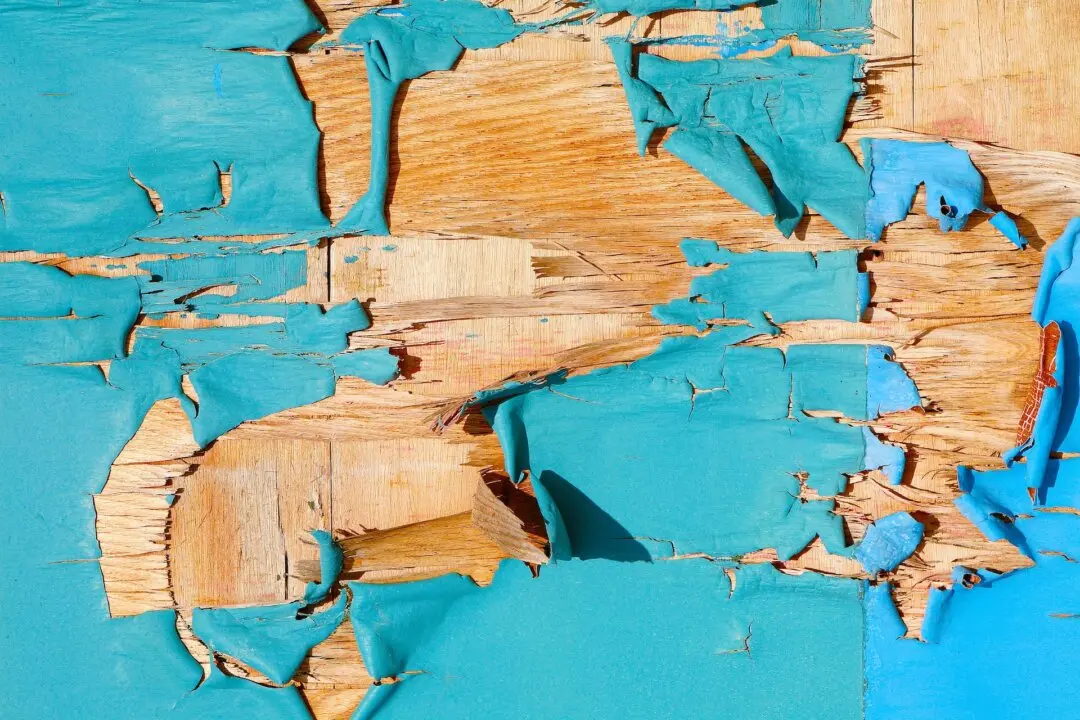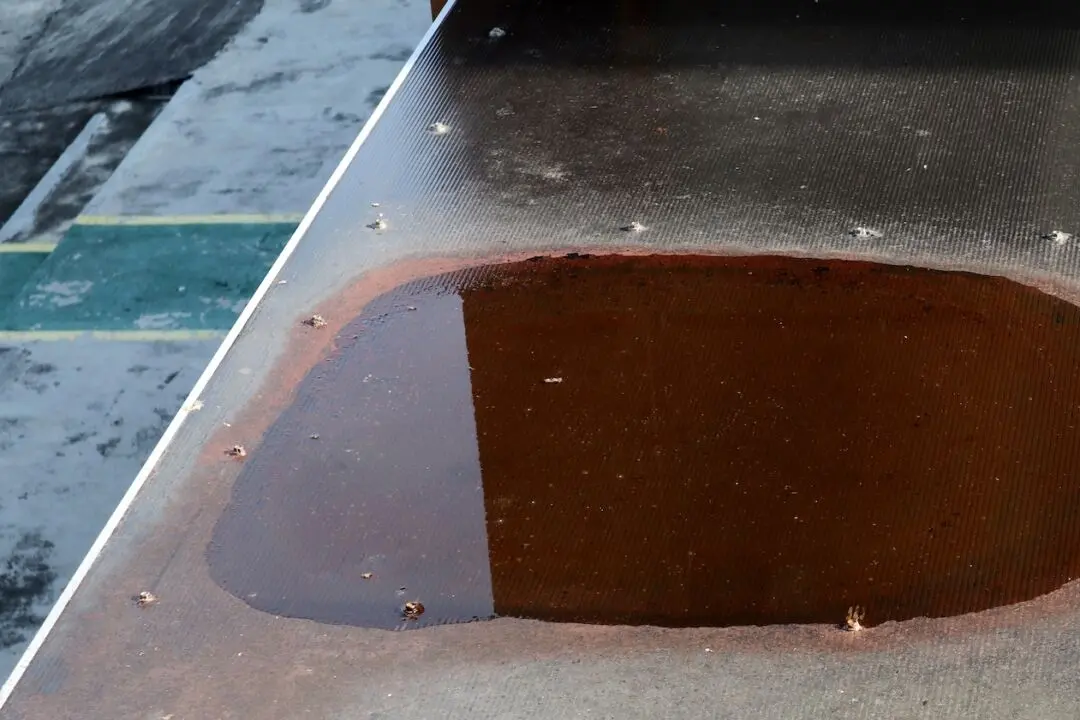Dear James: My brass kitchen faucet works, but after only two years the finish is tarnished. How do I install a new one, and what types are tarnish-resistant?—Tea S.
Dear Tea: Try cleaning the tarnished brass surfaces before running out to buy a new faucet. There are many brass cleaners available that are effective. If it was a good-quality fixture to start with, you may be able to clean off the tarnish and restore it to a like-new appearance. Repairing the leak itself is easy to do if you are able to clean off the tarnish.





